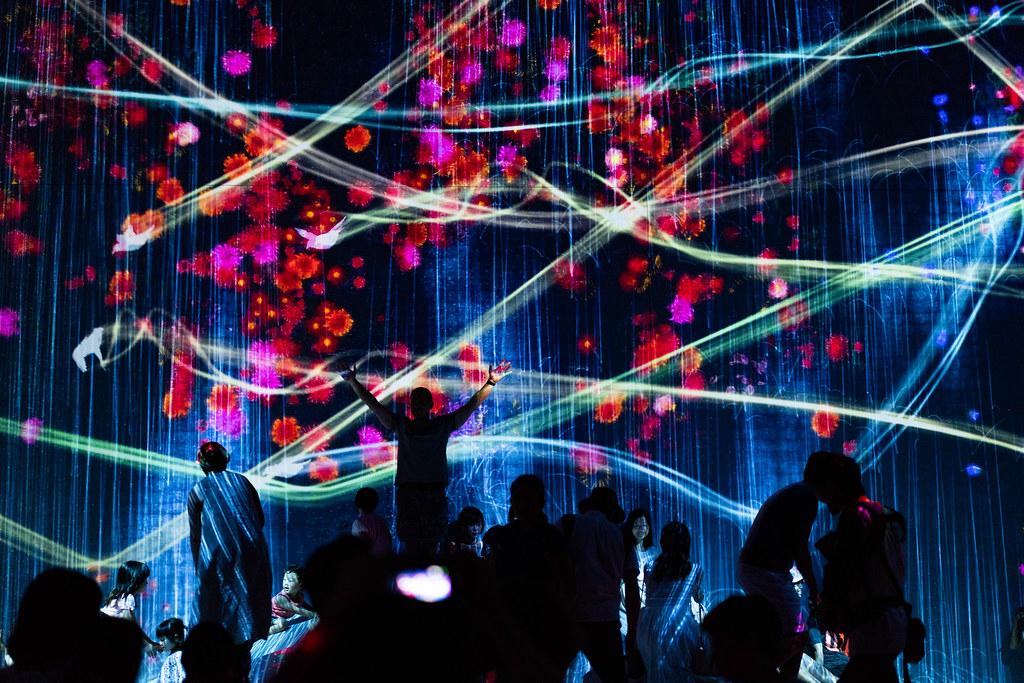Digital Exploration of Art Collections
Digital art collections have revolutionized how we explore and engage with art. Museums are leveraging technology to bring their collections to our devices. The Metropolitan Museum of Art and FIU Frost Art Museum are leading this shift with innovative apps and virtual experiences.
The Met's 360° Project transforms iconic spaces like the Great Hall into immersive digital playgrounds. It's not just about seeing the art, but feeling enveloped by it.
FIU's Frost Art Museum has reimagined their Sculpture Park as an interactive online experience using GIS technology. Visitors can explore sculptures based on location, blending art discovery with geography.
Key features of digital museum experiences:
- Virtual tours with intuitive design and rich visuals
- AI-driven guides and vivid videos bringing artworks to life
- Educational resources with interactive timelines and thematic explorations
- GIS technology adding geographical and historical context
By creating digital pathways to their collections, museums allow remote audiences to explore, learn, and fall in love with art from afar. This democratization of access is transforming the relationship between institutions and art enthusiasts worldwide.
Immersive VR Art Experiences
Virtual Reality (VR) is elevating museum visits to unprecedented levels, allowing audiences to explore masterpieces in detail without leaving home.
The Franklin Institute offers VR experiences that transport visitors to the depths of the ocean or the vastness of space, creating sensory explorations beyond traditional art displays.
At the Louvre, 'Mona Lisa: Beyond the Glass' lets viewers examine da Vinci's iconic work up close, revealing details often missed in person. The experience offers interactive insights into the painting's history and composition.
London's Tate Modern uses VR to recreate artists' studios, like Modigliani's, giving visitors insight into creative processes from a century ago.
Challenges of implementing VR in museums:
- Balancing new technology with traditional methods
- Cost considerations for equipment and maintenance
- Potential technical issues and user experience concerns
- Risk of overshadowing the art with technological spectacle
Despite these hurdles, VR's potential in art spaces is enormous. It creates a bridge between global audiences and historic artworks, offering a multidimensional perspective that deepens appreciation and understanding.
"It's a way of conveying feeling, helping people connect with an artist. It's a different way of absorbing that information, making the artist a living person." – Hilary Knight, head of digital content at Tate
VR doesn't just amplify art's stories; it reinvents them for a new generation. As museums blend physical and virtual realms, they're not just exhibiting art – they're evolving it.
Challenges and Opportunities in Digital Art Engagement
Museums face both exciting opportunities and significant challenges in digital art engagement. While new technologies offer unprecedented ways to captivate audiences worldwide, they also present practical hurdles.
Key considerations for museums:
- Financial implications: Implementing VR and other digital tools requires substantial investment in equipment and training.
- User experience: Creating engaging interfaces that enhance rather than overwhelm the artwork is crucial.
- Accessibility: Ensuring digital tools are available to smaller institutions and diverse audiences.
- Balance: Maintaining a delicate equilibrium between immersion and comfort, addressing issues like VR-induced discomfort.
However, digital tools have the power to democratize art, offering access to those unable to visit physical locations. This broadens museums' reach and forges new connections in our digital society.
Looking ahead, we might see AI companions providing personalized tours or VR hosting global art festivals. These innovations could redefine cultural consumption, blending physical artifacts with digital possibilities.
As technology advances, museums must continue adapting their roles. The future of art engagement lies in creating interactive platforms where users become active participants in a dynamic dialogue with art.

As museums embrace digital innovations, they're creating new ways to experience art beyond traditional boundaries. By combining technology with artistic expression, they're inviting us into a space where art is not just viewed but felt and understood on multiple levels. This shift highlights art's enduring power to connect us all, regardless of distance or circumstance.
- Ter-Ghazaryan D, Frome D. FIU Sculpture Park web app. Florida International University. 2021.
- The Metropolitan Museum of Art. The Met 360° Project. 2023.
- Franklin Institute. Virtual Reality experiences. 2016.
- Musée d'Orsay. Van Gogh's Palette VR experience. 2023.
- Louvre Museum. Mona Lisa: Beyond the Glass. 2019.
- Tate Modern. Modigliani VR studio experience. 2017.






















